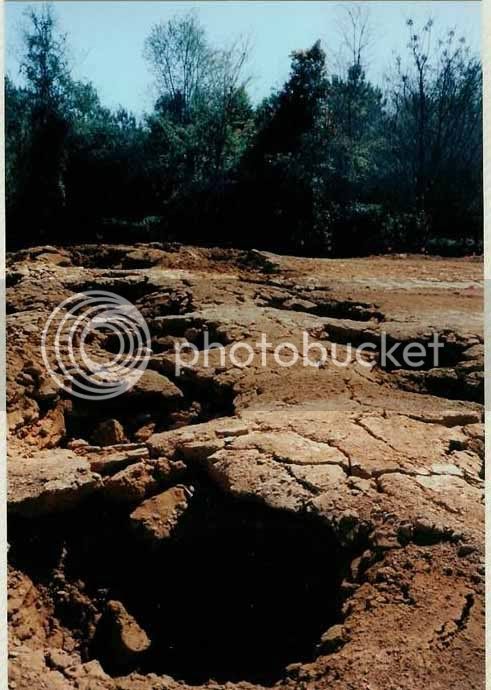M
MetroRAFB
I work for a truss company now, but while in college I co-oped with a large electrical contracting company and spent some time working in the field. That's where I gained my PVC experience, roughing electrical work in the concrete slabs before they poured them. Lots of times heating and bending the PVC is easier than cutting and glueing on factory fittings. Cheaper too. But you've got to be careful, too much bend will cause the pipe to collapse. A trick some of the field guys use sometimes is to fill the pipe with sand while you bend it. That provides some stability and support while you're bending it. Once you're finished with the bend you can flush the sand out of the pipe with water before you connect it to your pipe run.













